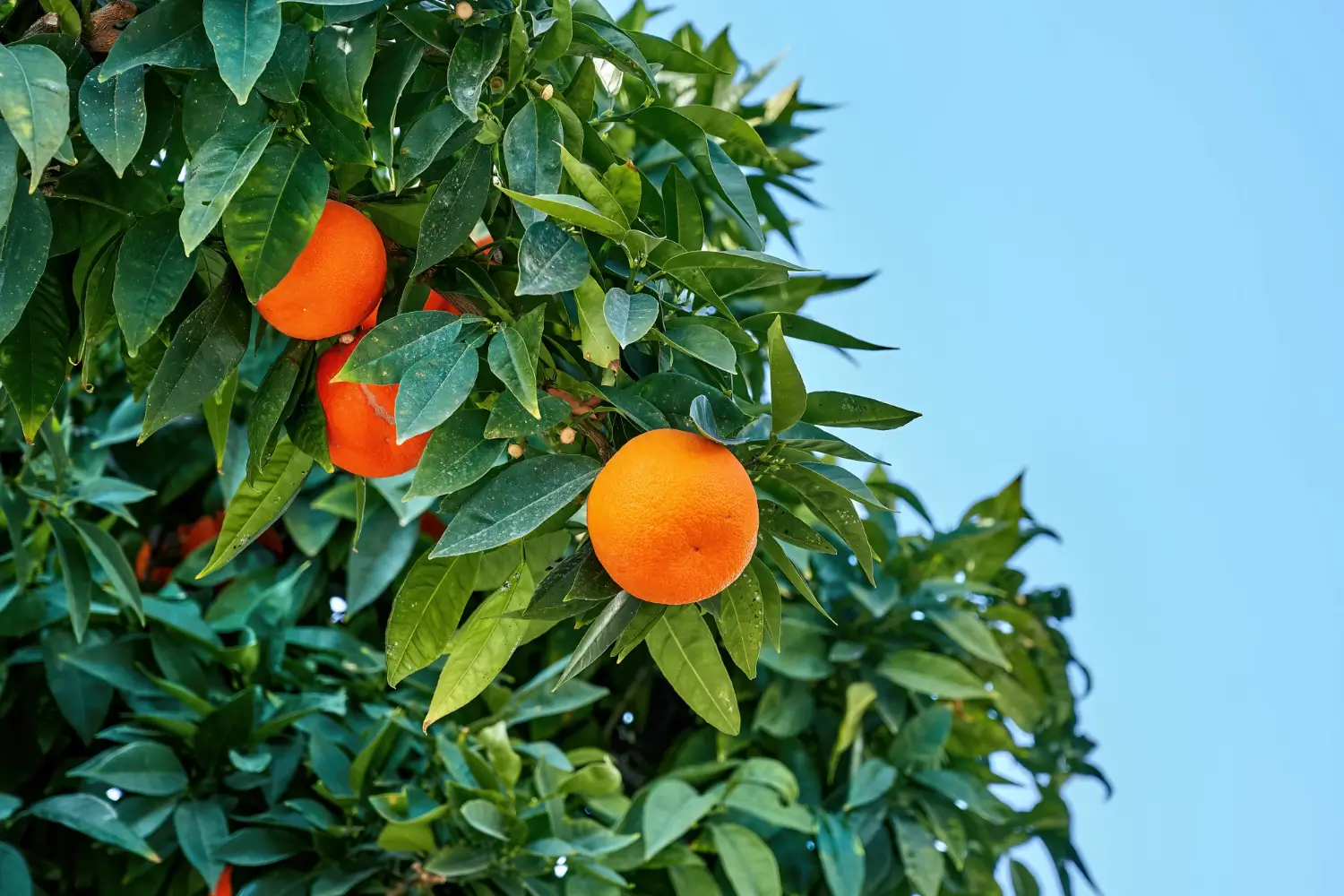
Soil Health & Fertilization
We unite suppliers and green industry professionals worldwide
Xanthosoma is a tropical, tuberous plant prized for its large, arrow shaped leaves and for its dramatic effect. Native to Central and South America, it prospers in warm, humid climates, and is often used to create a lush, jungle-like effect in gardens or
By Victor Miller
|Published on June 18, 2025
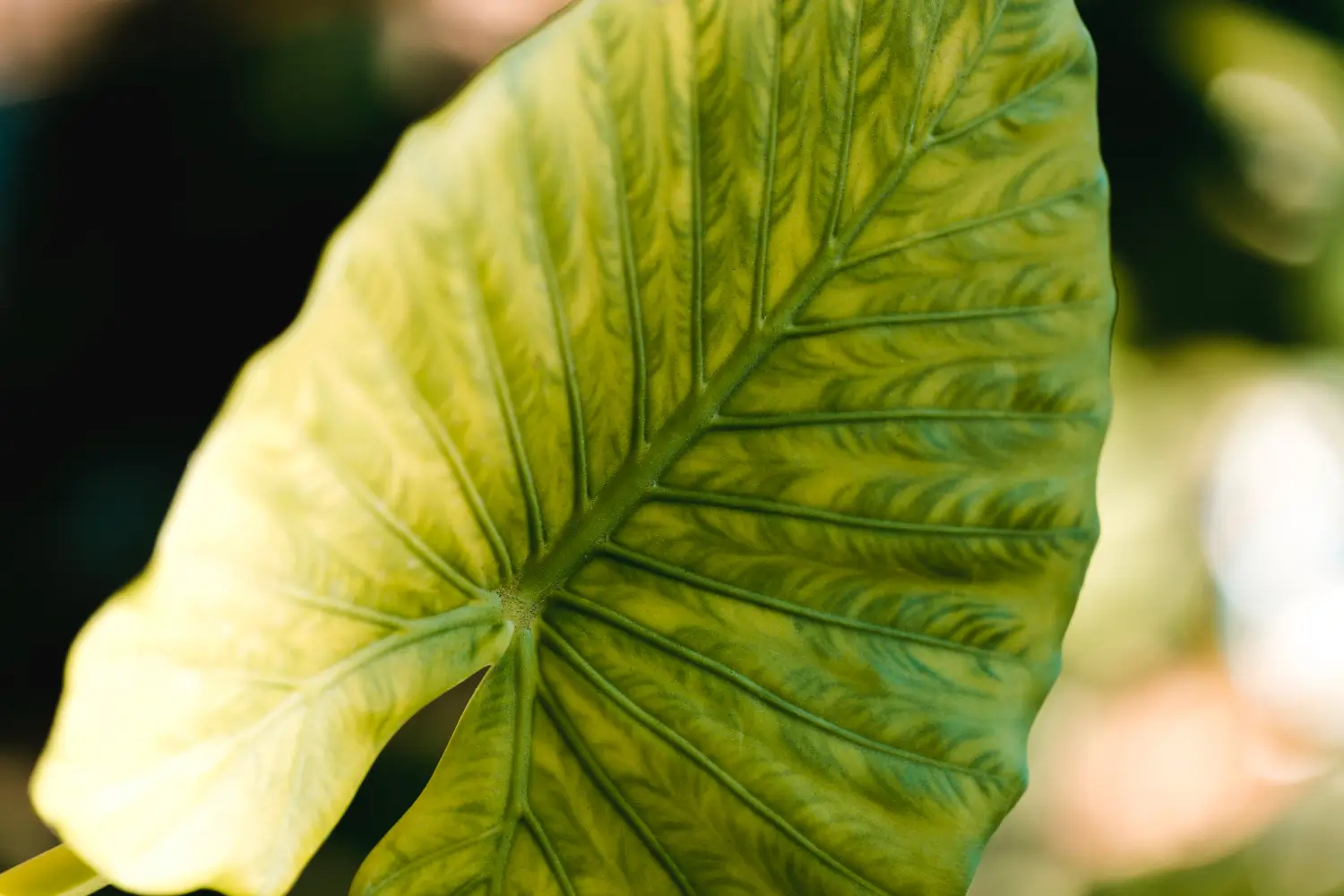

Have you ever wanted to grow a plant that turns heads with nothing but its leaves?
Xanthosoma (Elephant Ear or Tannia) is a tropical, tuberous plant prized for its large, arrow shaped leaves and for its dramatic effect. Native to Central and South America, it prospers in warm, humid climates, and is often used to create a lush, jungle-like effect in gardens or containers. While it is typically grown for its stunning foliage, some varieties are also grown for their edible tubers. Whether grown in borders, around water features or indoors in big pots, Xanthosoma delivers immediate impact with little effort — as long as it gets the warmth and moisture it requires.
| Botanical Name | Xanthosoma spp. |
| Common Names | Xanthosoma |
| Type | Tropical perennial (grown as an annual in cold climates) |
| Height | 3–6 feet (can reach 8 feet or more in ideal conditions) |
| Sunlight requirements | Partial shade to full sun (with plenty of moisture) |
| Soil needs | Rich, moist, well-draining |
| Watering needs | Medium to high; prefers even moisture |
| Zones | 9–11; grown as annual or houseplant elsewhere |
| Bloom Time | Rarely flowers in cultivation |

September 25, 2025
9 minute read
September 24, 2025
9 minute read
September 23, 2025
10 minute read
September 22, 2025
9 minute read


Join as a seller and connect with thousands of B2B buyers nationwide!
Sign Up
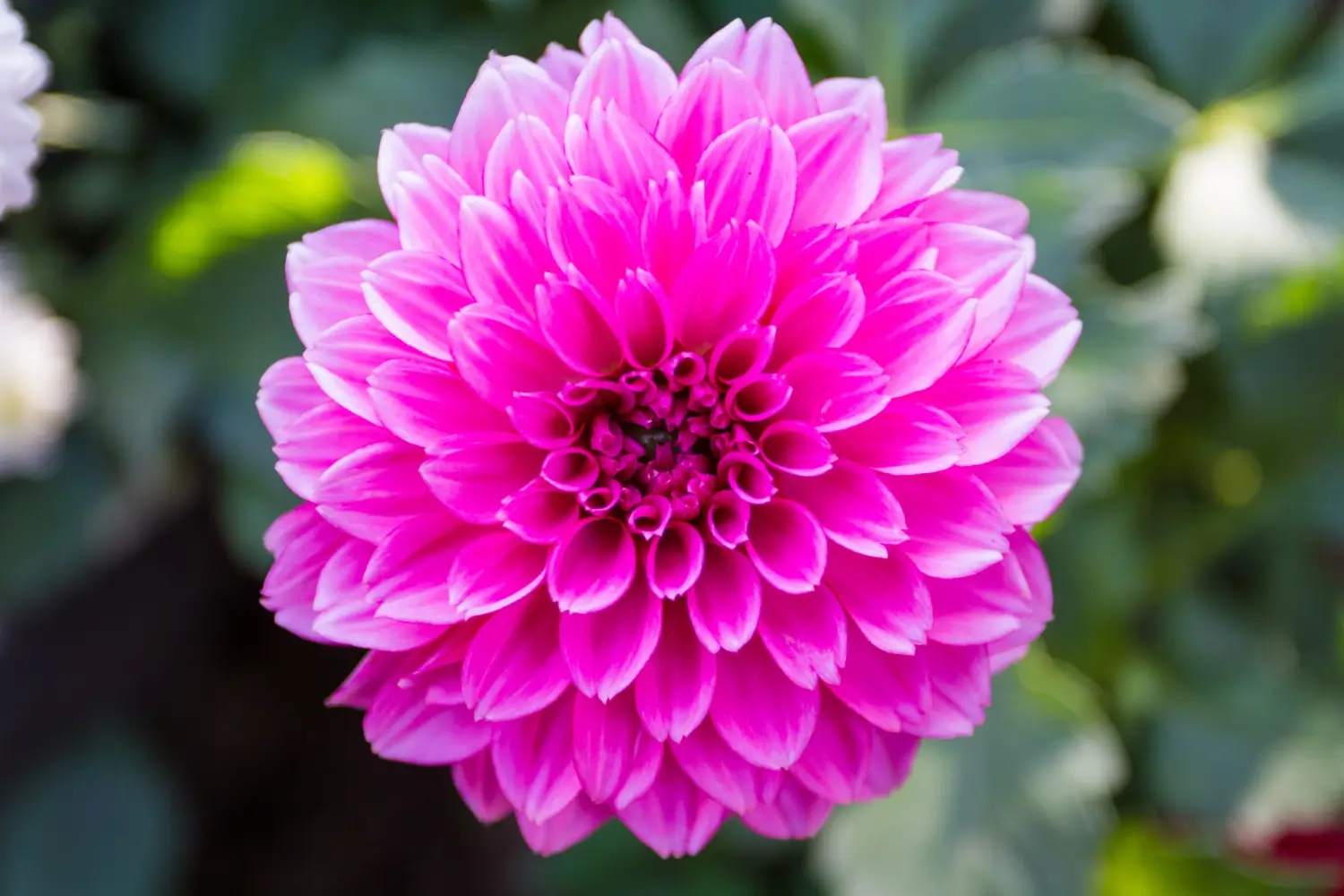
Dahlia
What’s not to love about a flower that delivers drama, color and resilience? Dahlias are really the perfect choice.
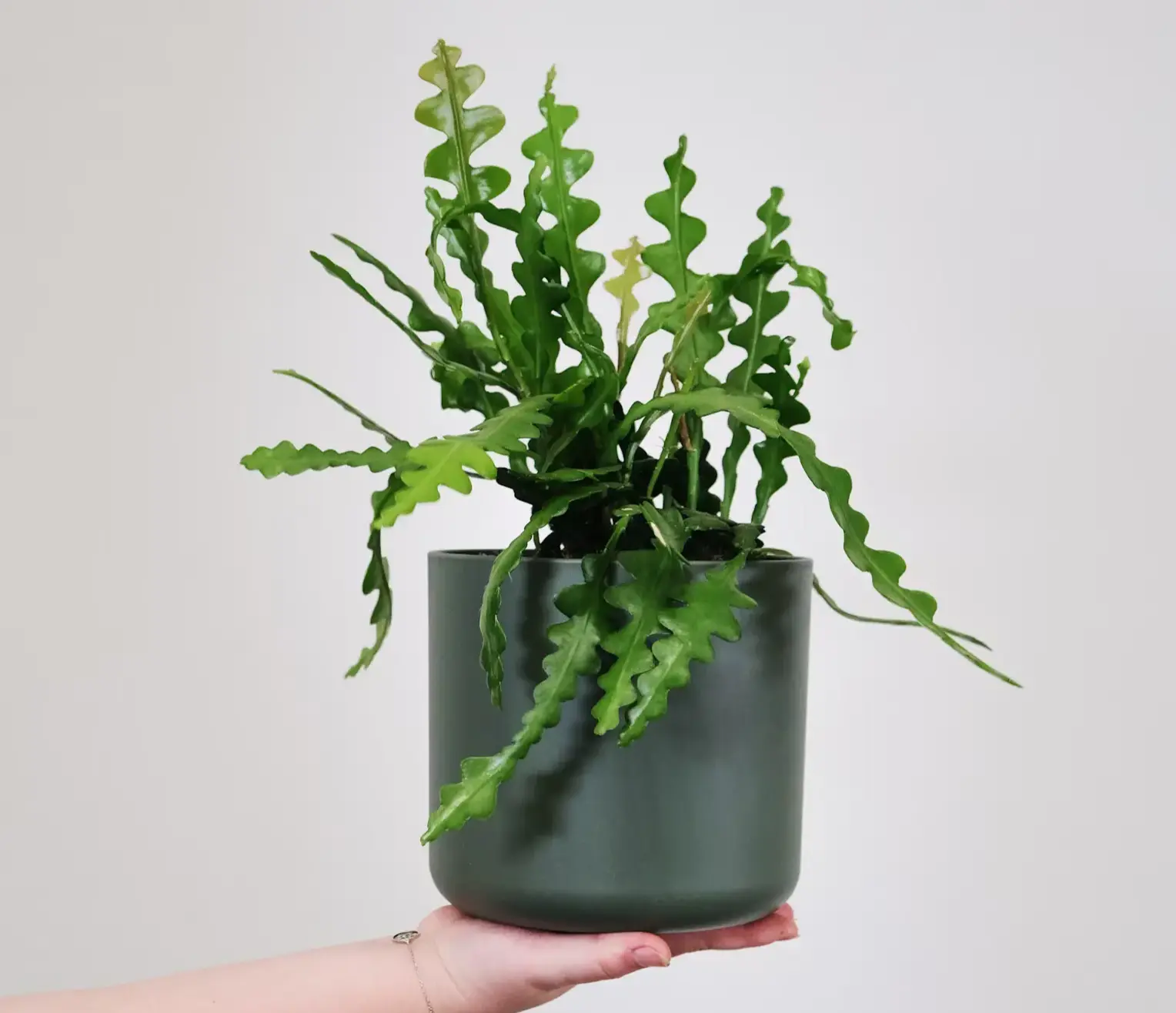
Zigzag Plant
Also known as Fishbone Cactus or Epiphyllum anguliger, the Zigzag Plant earns its extraordinary name from its dramatic, serrated leaves that grow in a zigzag—or fishbone—pattern.
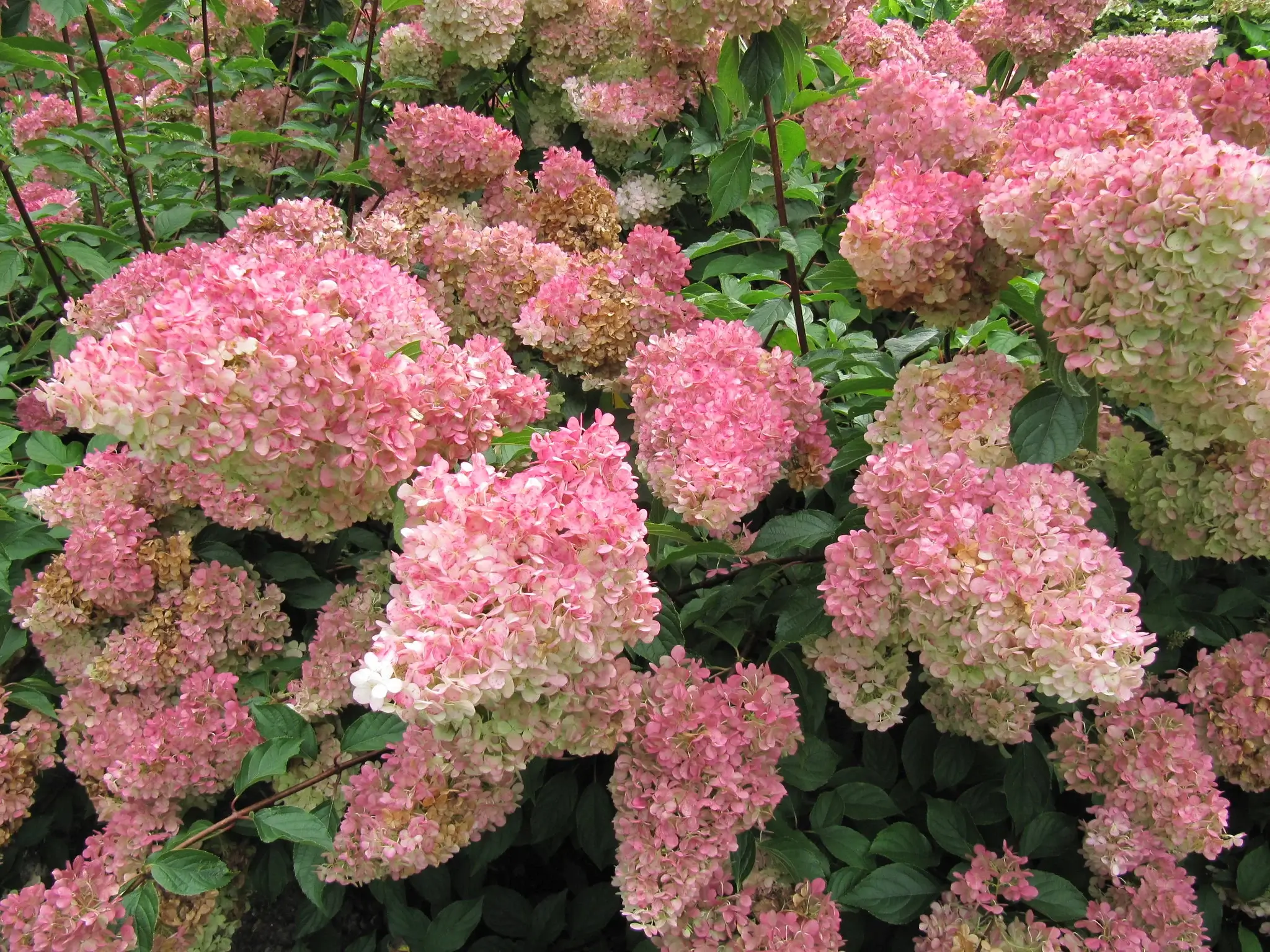
Zinfin Doll Hydrangea
The Zinfin Doll Hydrangea (Hydrangea paniculata 'Zinfin Doll') is a panicle-type hydrangea that has large, cone-shaped flowers which emerge pure white, then turn a shade of blush pink by mid-summer, and deepen to rich rose-pink as the season progresses.
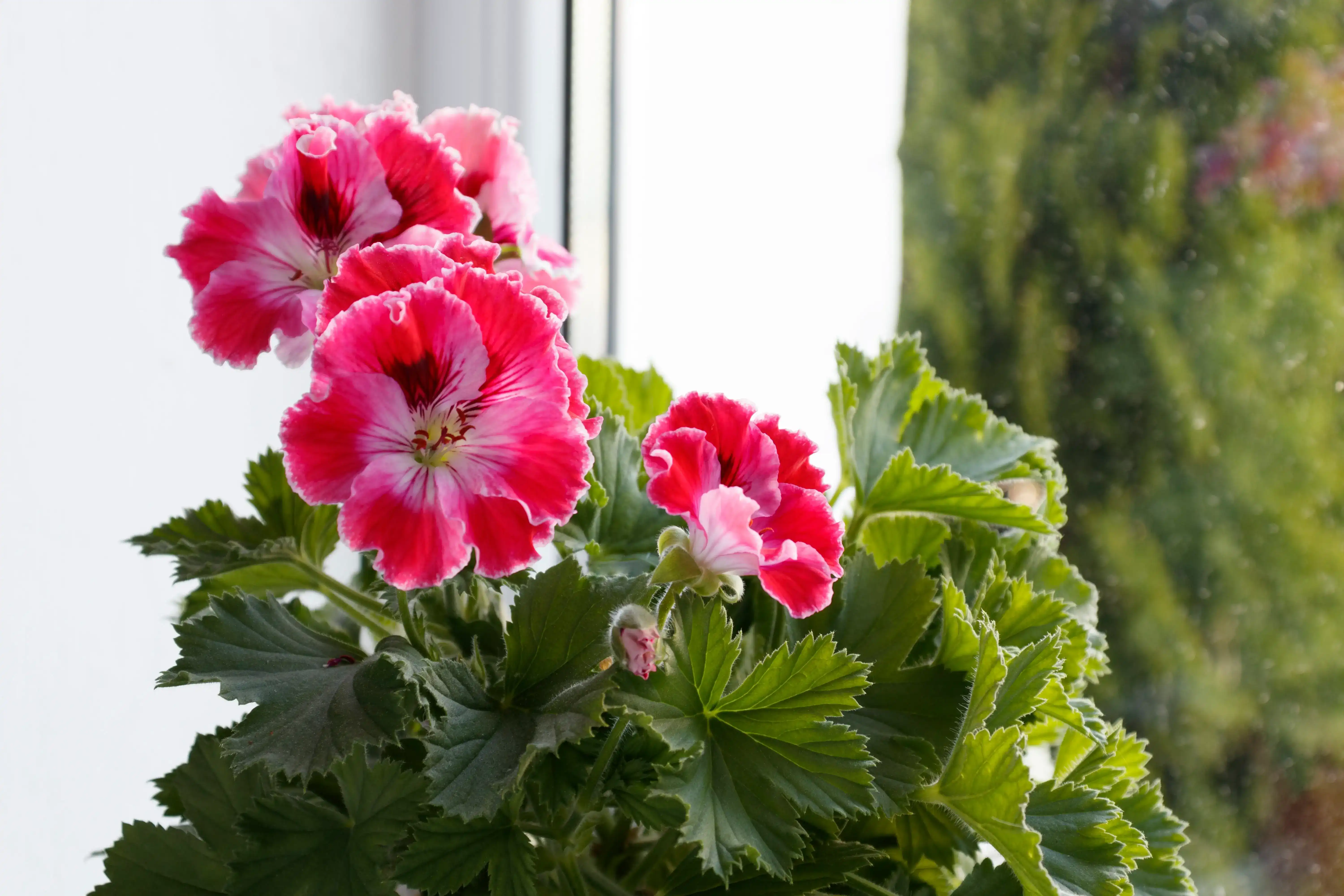
Zonal Geranium
The Zonal Geranium (Pelargonium × hortorum) is the type of geranium that most people think of: showy clusters of flowers in red, pink, salmon or white rising above lush, rounded leaves.
Xanthosoma is not difficult to grow if the basics are not neglected: warmth, humidity, rich soil. Perfect for a tropical or subtropical landscape, it also does well in containers where it can be moved indoors during colder months. Consistent watering and feeding will give you riotous growth. As it is frost-sensitive, gardeners in temperate climes typically grow it as a seasonal accent, or they bring it indoors for the winter.
Xanthosoma likes bright, indirect light or partial shade, particularly in hot regions where severe sun can scorch its leaves. It will tolerate full sun with regular moisture, but might do best in dappled or filtered light. Indoors, put it next to a bright window, but out of the reach of intense midday sun.
This is a plant that likes rich, loamy soil, which retains moisture without becoming waterlogged. Add compost or well-rotted manure into garden beds before planting. Xanthosoma will not tolerate dry or sandy soil; plant in organic matter that boosts fertility and moisture retention.
Consistent moisture is key. Keep soil evenly moist, especially during growing season. Xanthosoma is not drought-resistant, and will quickly wilt if left dry. However, avoid waterlogging or standing water; it can lead to root rot.
In pots: When the top inch is dry.
In the ground: Provide 2 - 3 deep waterings each week during hot weather
Rainy season: Reduce if soil remains saturated
Xanthosoma requires little pruning. Most maintenance involves removing spent or yellowing leaves.
When to prune: As necessary during the growing season
What to prune:
Why it helps:
Do not trim healthy leaves too often, since it is the primary source of energy for the plant.
Xanthosoma is best propagated through division of its tubers or offsets.
From tubers or corms:
From seed: Rare and slow - typically not recommended for home propagation
Xanthosoma does great in pots, which means it's a great selection for patios, balconies, or indoor spaces with high humidity.
Xanthosoma is not cold-hardy and must be protected in USDA Zone 9 and below. In cool regions, dig up the tubers before the first frost, dry and store them in peat or sand in a cool, dry place. Bring potted plants inside when temperatures fall below 50°F, and cut back on watering through winter. Replant or move them back outdoors in spring once the danger of frost has passed.
Valued for its bold foliage, Xanthosoma may occasionally produce small, pale, spathe-and-spadix flowers in summer. They are subtle and are mostly covered by the leaves. Though uncommon in home gardens, they can appear on older or well-established plants, offering a quiet bonus to this already striking ornamental.
While generally low-maintenance, Xanthosoma can encounter a couple of common issues, especially in suboptimal conditions.
Common problems include:
Provide warmth, humidity and constantly moist conditions to keep issues at bay.
Gorgeous, bold and surprisingly simple to grow, the beauty of Xanthosoma is the tropical lush it brings to your garden, patio and indoor spaces. Its bold foliage makes it an instant transformation of any space. Just give it a little warmth and moisture, and you will be rewarded with a rapid growth with architectural style. Whether you're creating a tropical escape or just love a splash of the exotic, this eye-catching plant is sure to impress.
Yes, some varieties are edible, but only when thoroughly cooked. Raw parts may be irritating due to calcium oxalate crystals.
No, while it looks similar, they are actually different genera that have their own growth and care requirements.
Yes; in a bright, humid setting — excellent as a large houseplant, if you have place and warmth.
Relatively fast in the right conditions, particularly during warm, wet seasons.
It may be entering dormancy or reacting to low humidity and light - reduce watering and resume normal care in spring.

Soil Health & Fertilization
Victor Miller
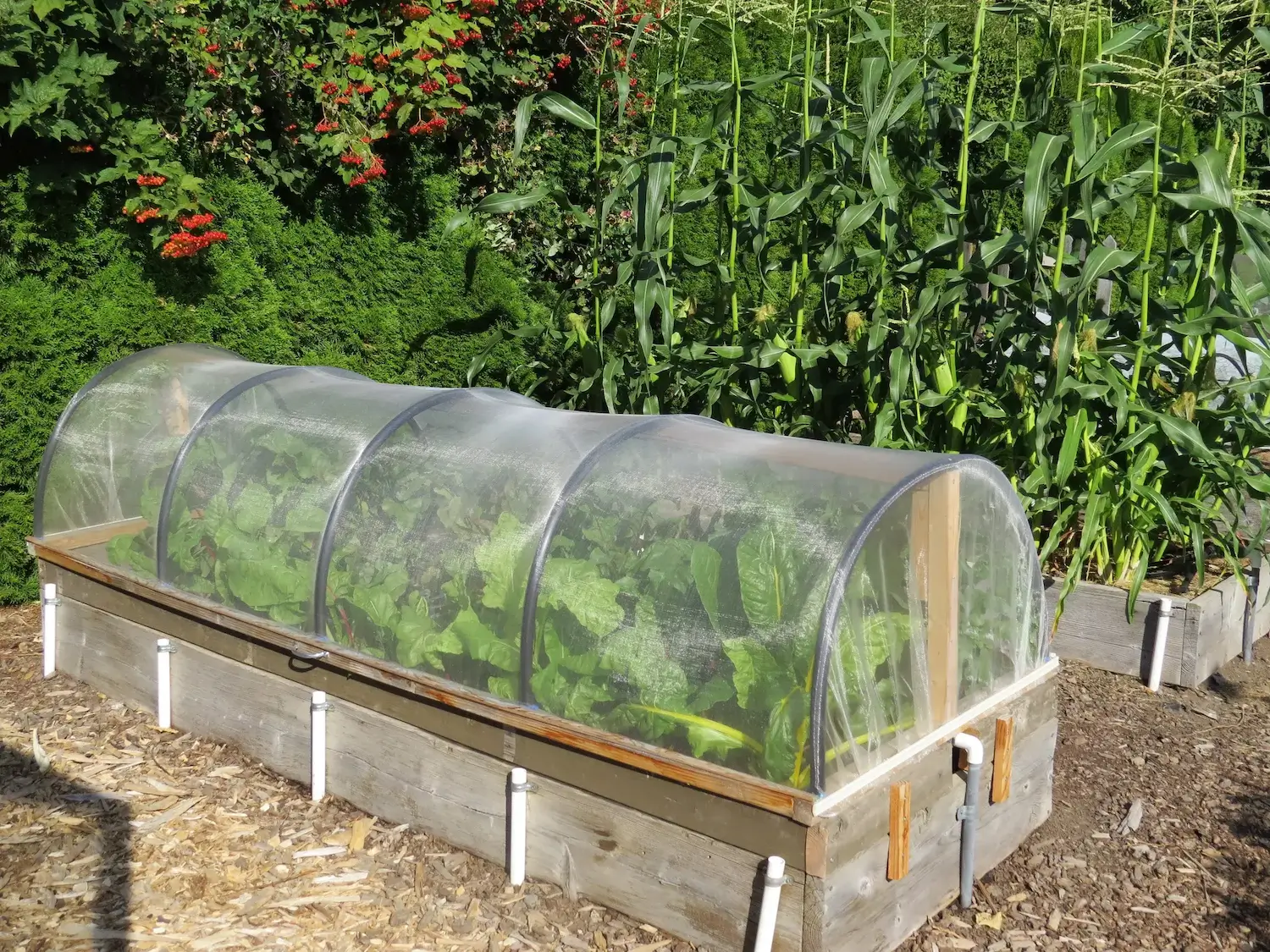
Pest Identification & Prevention
Victor Miller
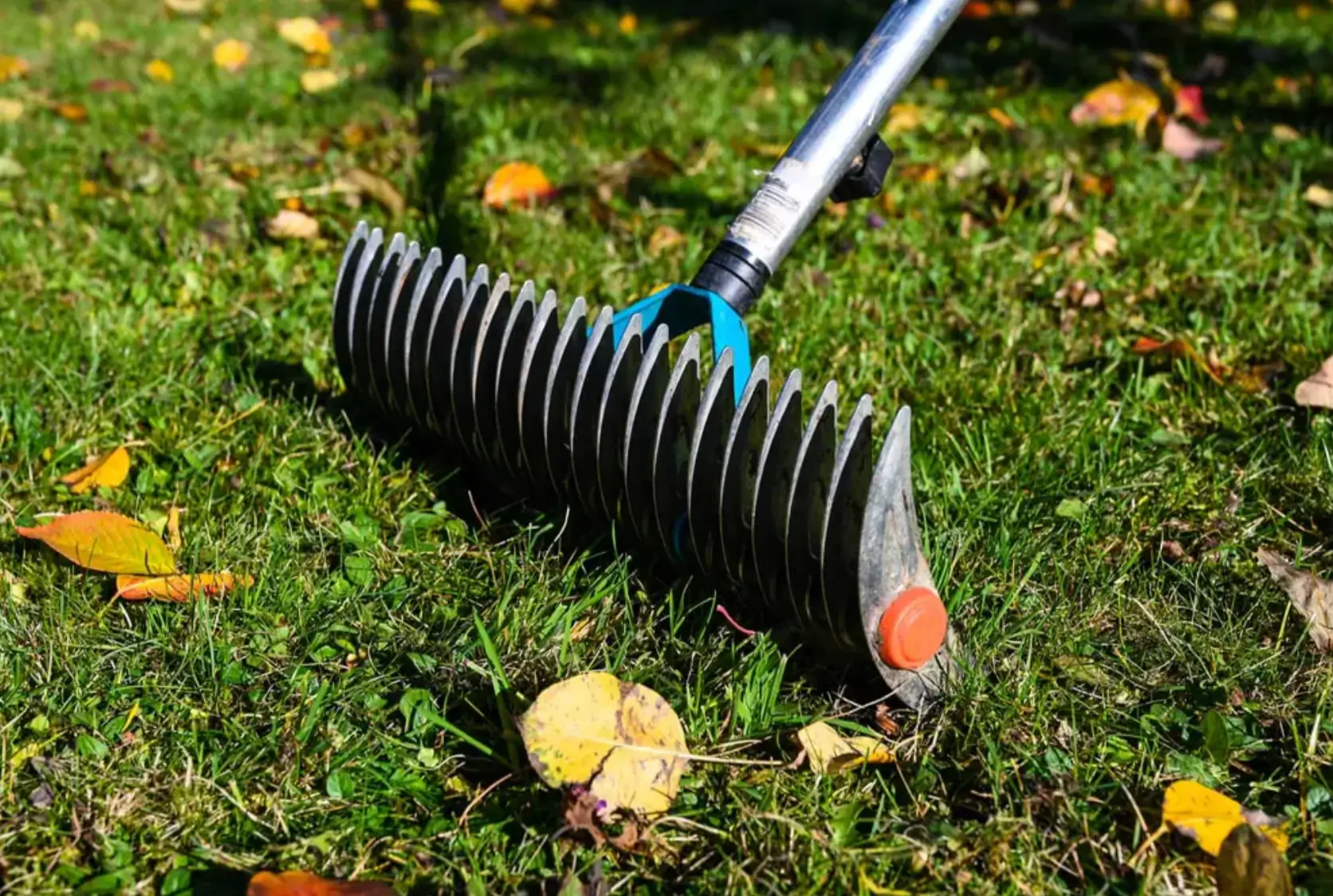
Lawn Care Tips & Maintenance
Victor Miller
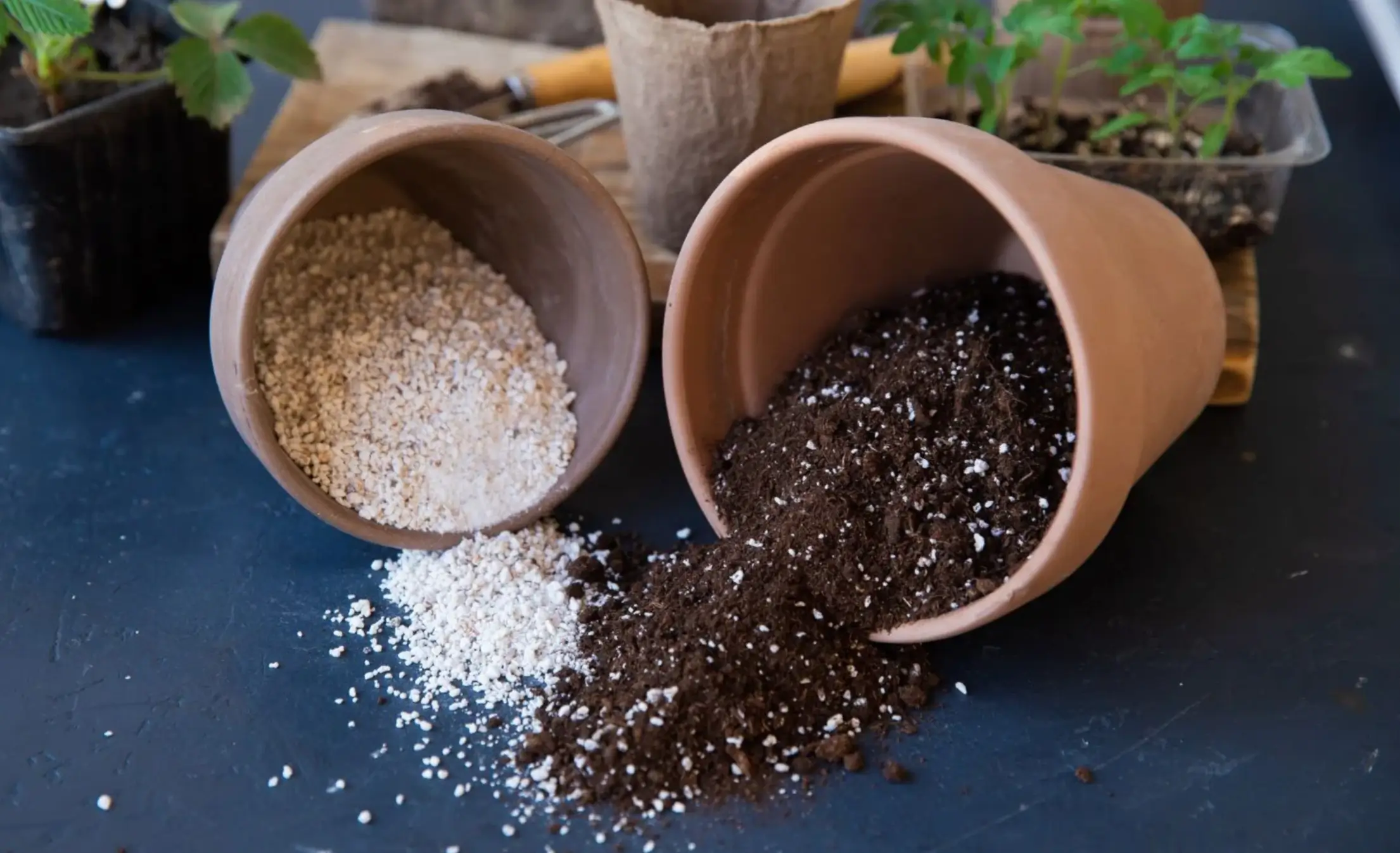
Soil Health & Fertilization
Victor Miller

Smart Irrigation Systems
Victor Miller

Patios, Walkways & Driveways
Victor Miller
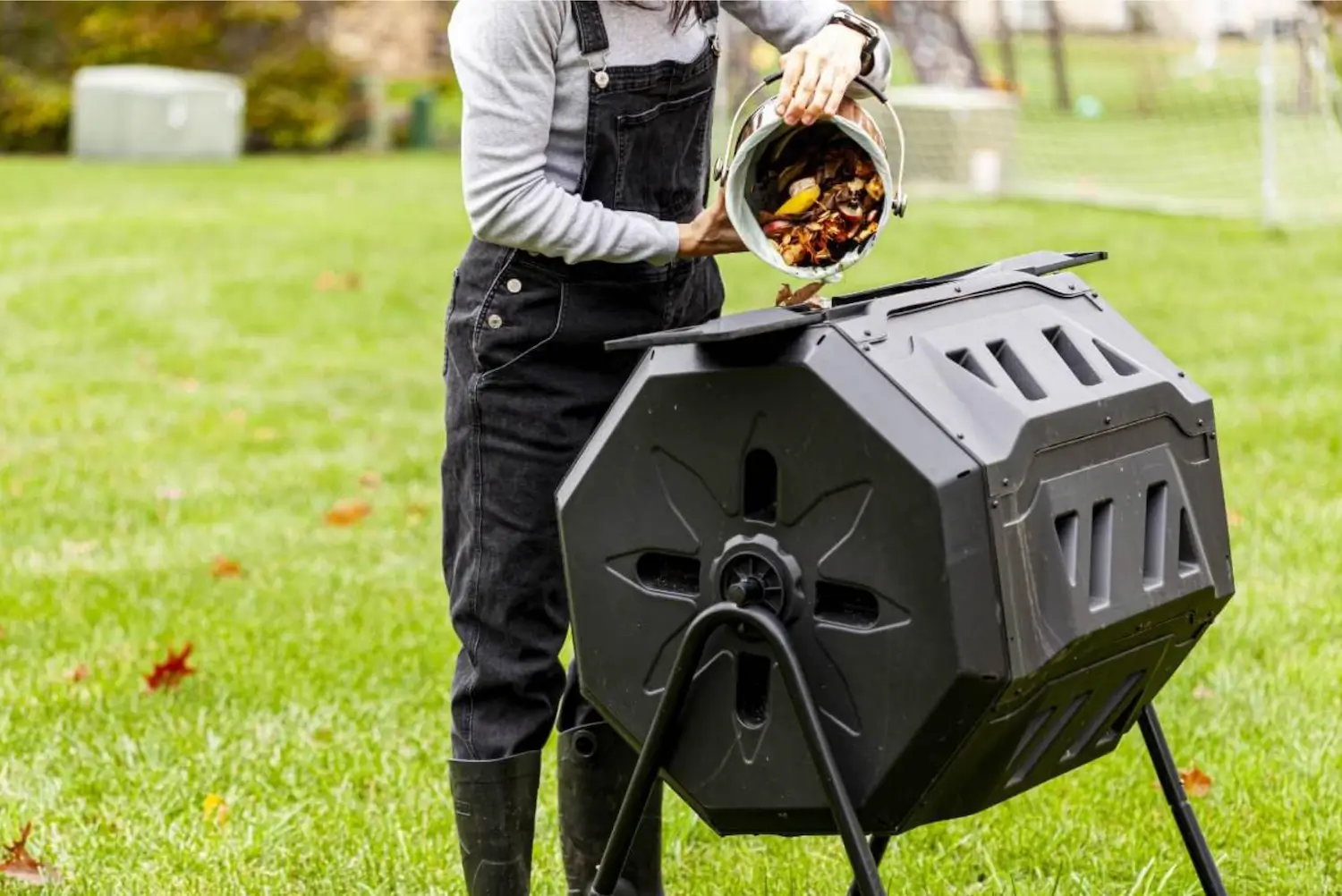
Soil Health & Fertilization
Victor Miller
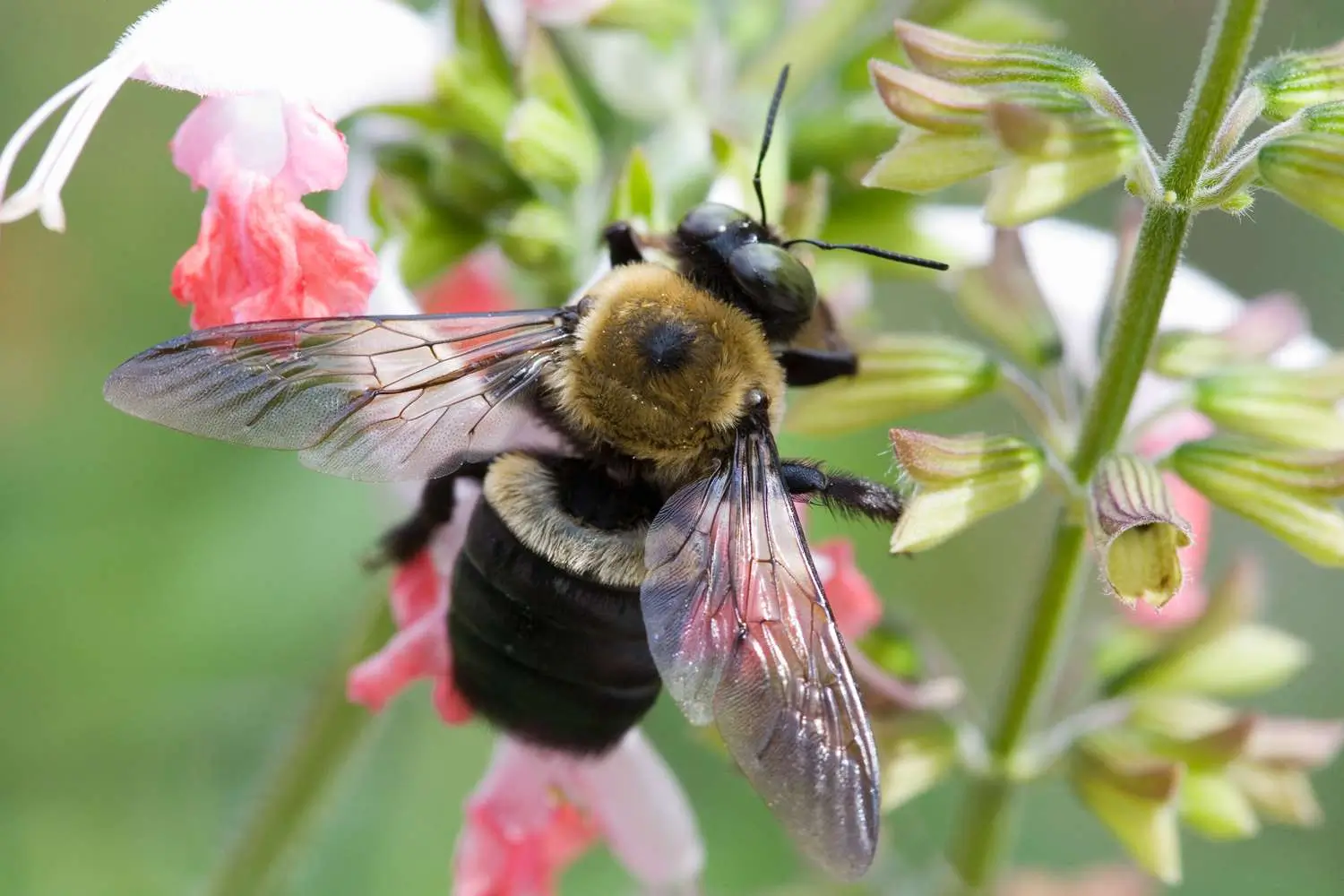
Pest Identification & Prevention
Victor Miller
My Account
Our team is always here to help.
We are open Monday - Friday, 9:00 AM to 4:30 PM PST.